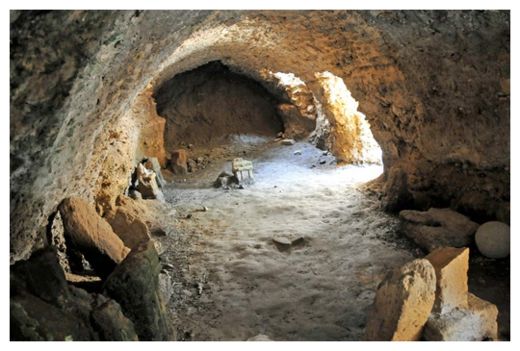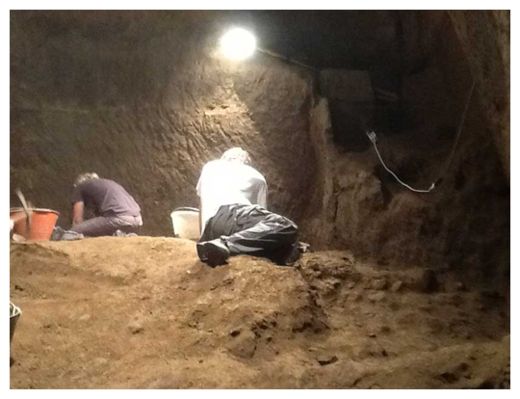
© Getty Images
A piece of papyrus dating back to the fourth century mention a Biblical character that can't be found in scripture: the wife of Jesus Christ.
Identified by Karen L. King, a historian at Harvard Divinity school, the scroll has the following passage written in Coptic,
as reported by the New York Times: "Jesus said to them, 'My wife... she will be able to be my disciple."
King cautioned that the fragment is not proof that Jesus was married, but is reflective of the debates early Christians had in the infancy of the church. After all, this wouldn't be the first time early Christian artifacts have contradicted history as written in the
Bible..
As
reported by Discovery News' Jennifer Viegas in March 2011, Oxford scholar Francesca Stavrakopoulou believes she found evidence that God had a wife based on an analysis of ancient texts, figurines and other artifacts.
God's wife, Asherah, was a powerful fertility goddess, and worshiped alongside Yahweh, as God is known in Hebrew. Strict monotheism, however, gradually diminished Asherah's importance in the religion of the ancient Israelites.
Changes to scripture itself can not only include omissions, but also additions as they're copied and translated from generation to generation. A project led by New Orleans Baptist Theological Seminary catalogues hundreds of versions of the
New Testament written in early Christendom to document changes that crept in over the years.
Although many of the alterations they discover are trivial, some changes can be much more significant,
as reported by the Times-Picayune.


